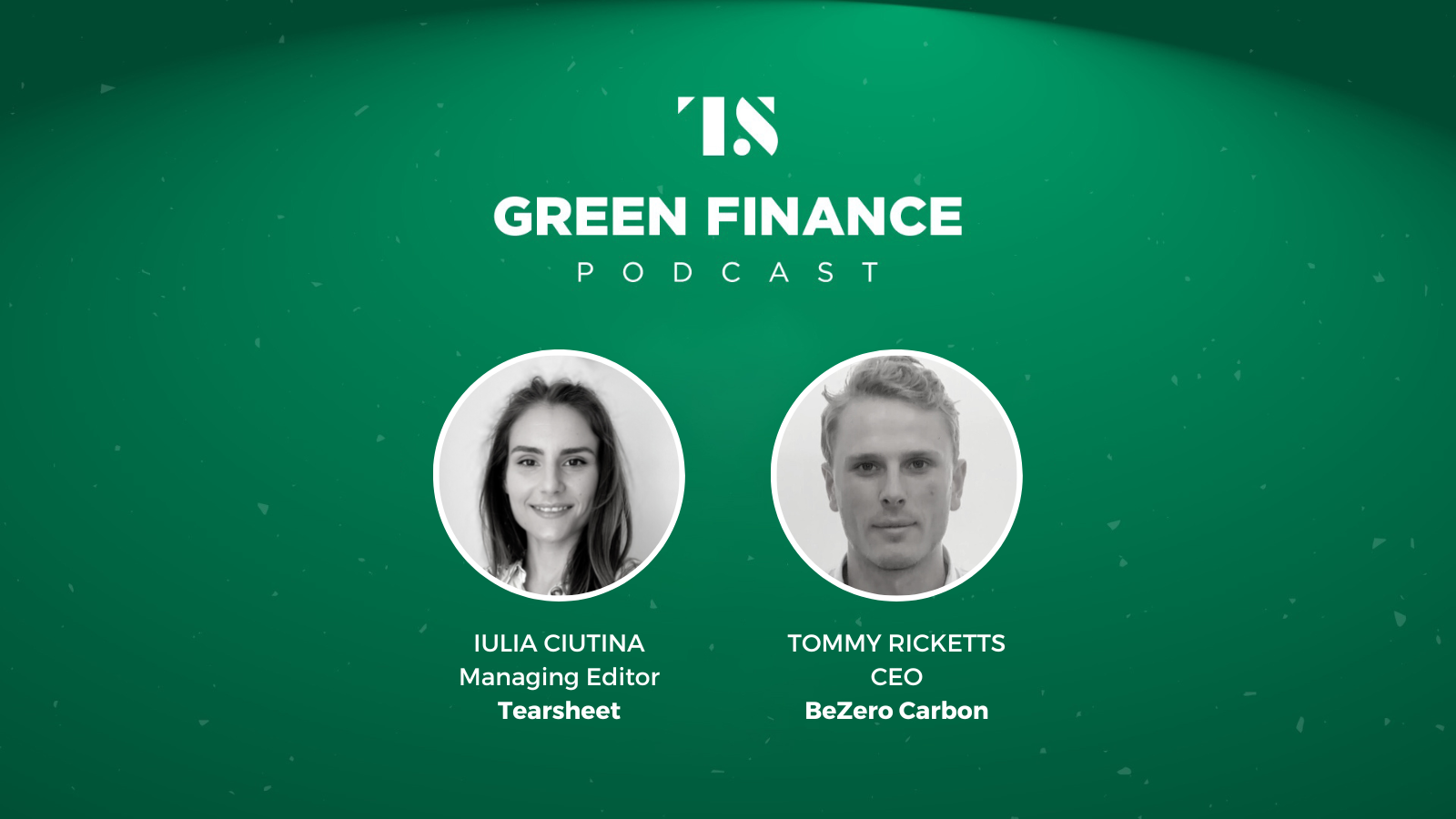Green Finance, Where Credit's Due Podcast
The Green Finance Podcast Ep. 13: Debunking carbon credits and voluntary carbon markets, with BeZero Carbon CEO Tommy Ricketts
- We need more funds to flow towards climate solutions, and carbon markets can facilitate this by creating investable carbon assets. But we need to ensure that carbon credits are of the highest quality and that they are used mindfully.
- My guest today is Tommy Ricketts, CEO of BeZero Carbon, a company that provides carbon credit ratings and research tools to support buyers, intermediaries, investors, and carbon project developers.








